The baroque art style is hands down one of the most popular, and in this article, I will share with you highlighted concepts that made it so special and memorable.
1- History of the Baroque Art Style
Baroque art style originated in Europe during the 17th century and lasted until the mid-18th century. It is characterized by its dramatic, emotional, and ornate qualities, which are reflected in its architecture, and arts. The Baroque style emerged in response to the religious and political upheaval of the time, and it is known for its use of exaggerated forms, dynamic compositions, and theatrical lighting.
What makes the Baroque art style special?
- One of the most prominent features of the Baroque art style is its use of dramatic lighting. Baroque artists were known for their skillful use of a technique, known as chiaroscuro, which involves the use of strong contrasts between light and dark areas to create a sense of drama and emotional intensity. Baroque painters often used a single source of light to illuminate their subjects, creating a dramatic and theatrical effect.
- Another hallmark of Baroque art is its ornate and intricate style. Baroque artists were known for their use of decorative elements, such as intricate patterns, ornamental motifs, and elaborate frames. This ornate style was often used to convey the wealth and power of the patrons who commissioned the works, as well as to create a sense of grandeur and opulence.

- Baroque art also features a strong sense of movement and dynamism. Baroque artists were skilled at creating compositions that were dynamic and dramatic, often using diagonal lines and swirling forms to create a sense of movement and energy. This sense of movement was often used to convey a sense of emotion or drama, such as in the works of the Baroque sculptor Gian Lorenzo Bernini, who was known for his dynamic and emotive sculptures.
Is the ceiling of the Sistine Chapel in Rome Baroque?
Yes! One of the most famous examples of Baroque art is the ceiling of the Sistine Chapel in Rome, painted by Michelangelo. The ceiling is a masterpiece of Baroque art, featuring a series of dramatic scenes from the Bible, including the Creation of Adam and the Last Judgment. The ceiling is notable for its use of dramatic lighting, dynamic composition, and ornate decoration.
Popular artists of the baroque art style
- Gian Lorenzo Bernini: Bernini was a sculptor, painter, and architect who was one of the most prominent artists of the Baroque era. His dynamic and emotive sculptures, such as the Ecstasy of Saint Teresa and Apollo and Daphne, are considered some of the greatest works of the period.
- Peter Paul Rubens: Rubens was a Flemish painter known for his large-scale works that often depicted mythological and historical scenes. His use of vivid colors, dynamic compositions, and dramatic lighting made him one of the most influential artists of the Baroque era.
- Rembrandt van Rijn: Rembrandt was a Dutch painter who was known for his realistic and emotive portraits, as well as his historical and biblical scenes. His use of chiaroscuro and his ability to capture human emotion made him one of the most important artists of the Baroque period.
- Caravaggio: an Italian painter who was known for his dramatic use of light and shadow, as well as his realistic depictions of everyday people. His works, such as The Calling of St. Matthew and The Conversion of St. Paul, are considered some of the most important works of the Baroque period.
Baroque in Fashion
Fashion during the Baroque period was characterized by opulence, extravagance, and love of ornamentation. The period spanned from the 17th century to the mid-18th century and was marked by religious and political upheavals, which had a significant impact on the fashion of the time. Here are some of the key features of Baroque fashion:
- Rich Fabrics: Baroque fashion was characterized by the use of luxurious fabrics such as silk, velvet, and brocade. These fabrics were often embellished with embroidery, lace, and jewels to create a sense of opulence and grandeur.
- Elaborate Details: Baroque fashion was all about the details. Clothing was often embellished with ornate embroidery, lace, pearls, and other precious stones. Accessories such as hats, gloves, and shoes were also heavily adorned with ribbons, feathers, and jewels.
- High-Waisted Silhouettes: During the Baroque period, women’s fashion featured high-waisted silhouettes, which were achieved by wearing a corset or bodice that lifted the bust and cinched the waist. Skirts were full and voluminous, often featuring layers of petticoats to create a dramatic effect.
- Ruffles and Frills: Ruffles and frills were a common feature of Baroque fashion, particularly in women’s clothing. Dresses, blouses, and sleeves were often adorned with layers of ruffles and frills, adding to the sense of opulence and extravagance.
- Wigs: Wigs were a popular accessory during the Baroque period, particularly among men. Wigs were often elaborate and ornate, featuring curls, braids, and other decorative elements.
Baroque architecture and interior design
Baroque architecture is known for its grand and dramatic designs, featuring large, imposing structures with intricate decoration and ornate details. Key features of Baroque architecture include:
- Use of Curves: Baroque architecture features a lot of curves, including curved walls, arches, and domes. This creates a sense of movement and fluidity in the design.
- Ornate Decoration: Baroque architecture is heavily adorned with decorative elements such as sculptures, reliefs, and intricate stucco work. These elements are often gilded with gold leaf or painted in bright colors, creating a sense of opulence and grandeur.
- Dramatic Lighting: Baroque architecture makes use of dramatic lighting to enhance the sense of drama and theatricality. This is achieved through the use of large windows, skylights, and the strategic placement of artificial lighting.
Baroque interior design is similarly grand and ornate, with a focus on creating a sense of opulence and luxury. Key features of Baroque interior design include:
- Elaborate Furniture: Baroque interior design features ornate furniture with intricate carvings, gilded finishes, and luxurious fabrics such as silk and velvet.
- Bold Color Schemes: Baroque interiors often feature bold color schemes, with rich jewel tones such as red, purple, and gold.
- Exaggerated Scale: Baroque interior design features furniture and decorative elements that are often oversized and exaggerated in scale. This creates a sense of grandeur and opulence in the design.
Conclusion
Overall, the Baroque art style is characterized by the use of lighting, emotion, ornate qualities, and dramatic compositions. It is a style that emerged in response to the turbulent times of the 17th century. Today, Baroque art remains a popular and influential style, and it continues to inspire artists and designers around the world.
You may also enjoy: Rococo Art Style: An art style I’m currently obsessed with

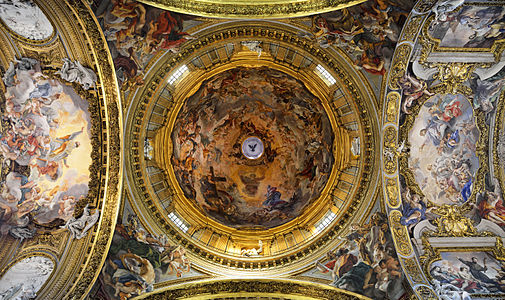

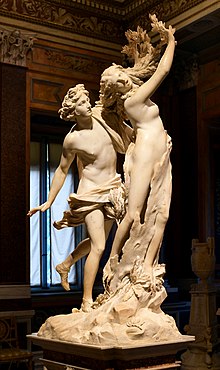
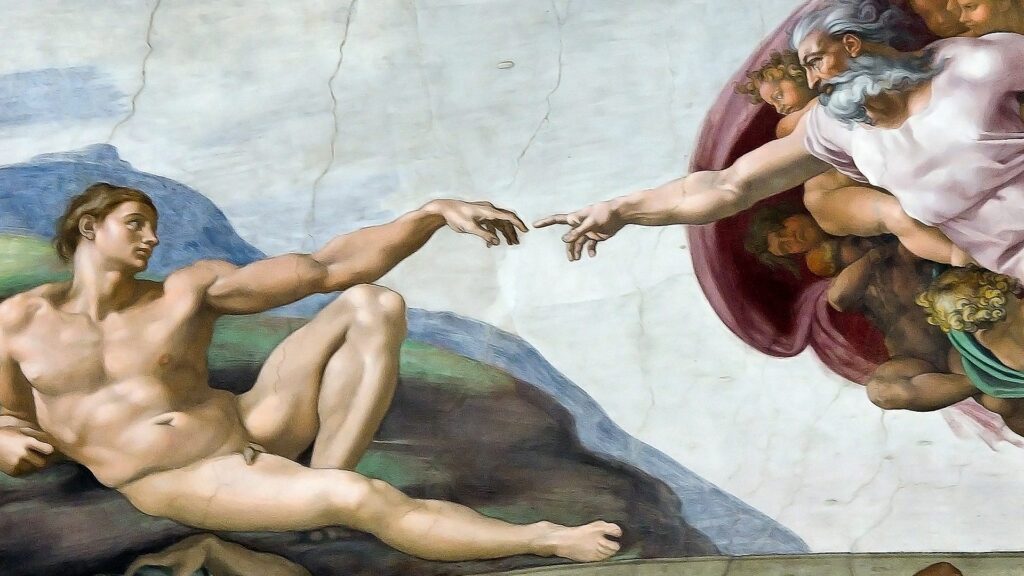
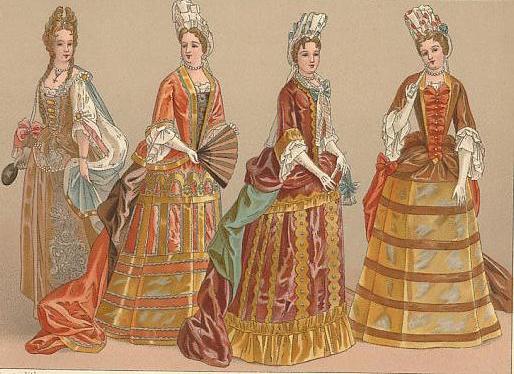
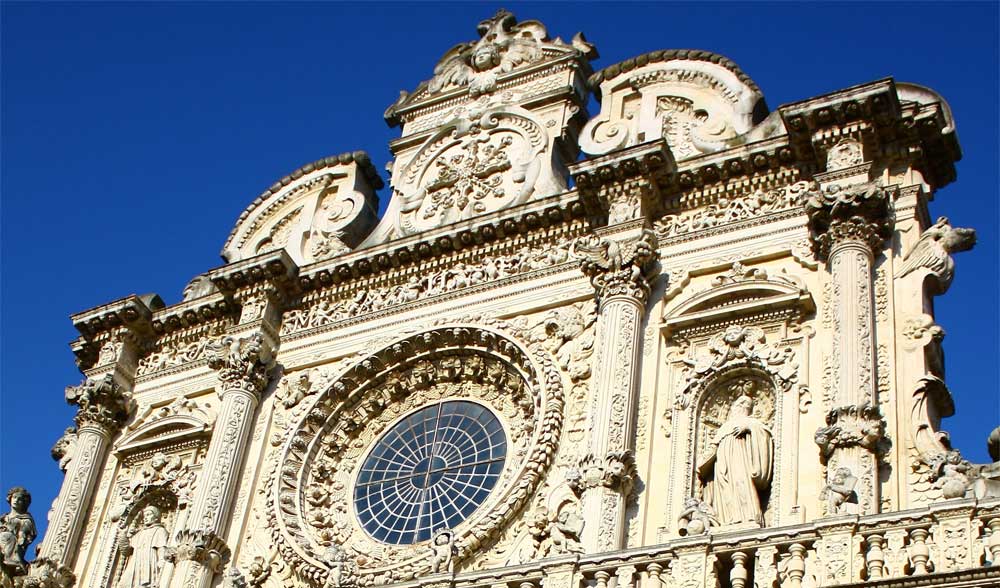
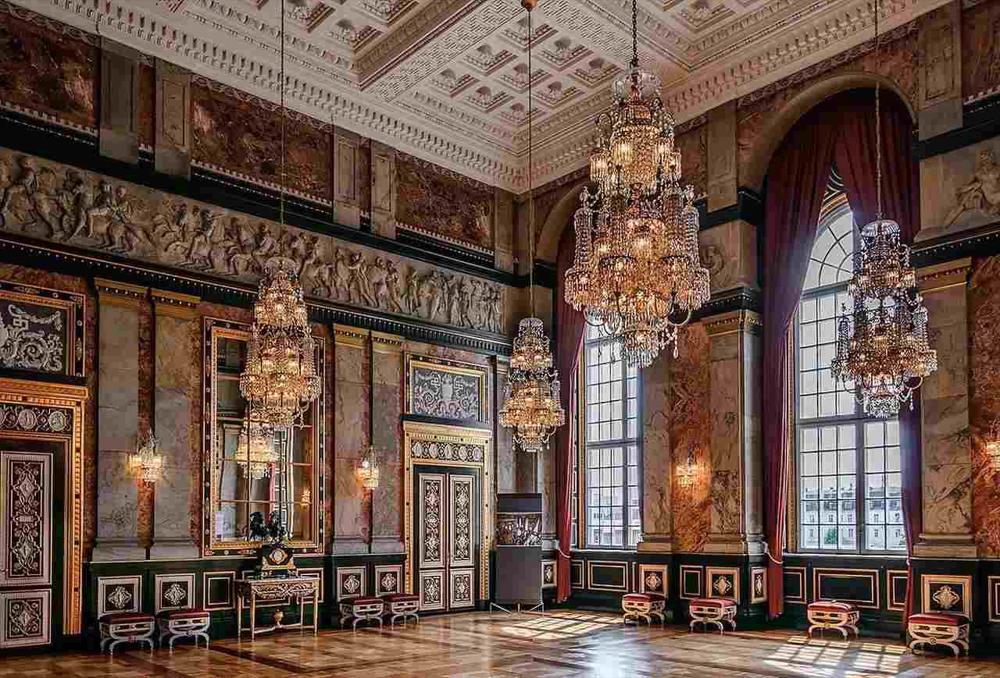
I love this bitesize overview of the style and how it influenced culture and design at the time, from art through fashion. I personally have been looking at baroque architecture as I work on my newest collection on paintings inspired by the buildings and cities across Europe! One of my favourite examples of baroque architecture that I’ve been looking at recently is the Santa Maria Della Salute in Venice, Italy!
I’m glad the article aligned with your interests. I google the Santa Maria Della Salute and the details of its Baroque architecture captivated me. Such a subtle beautiful combination! Thank you for the share